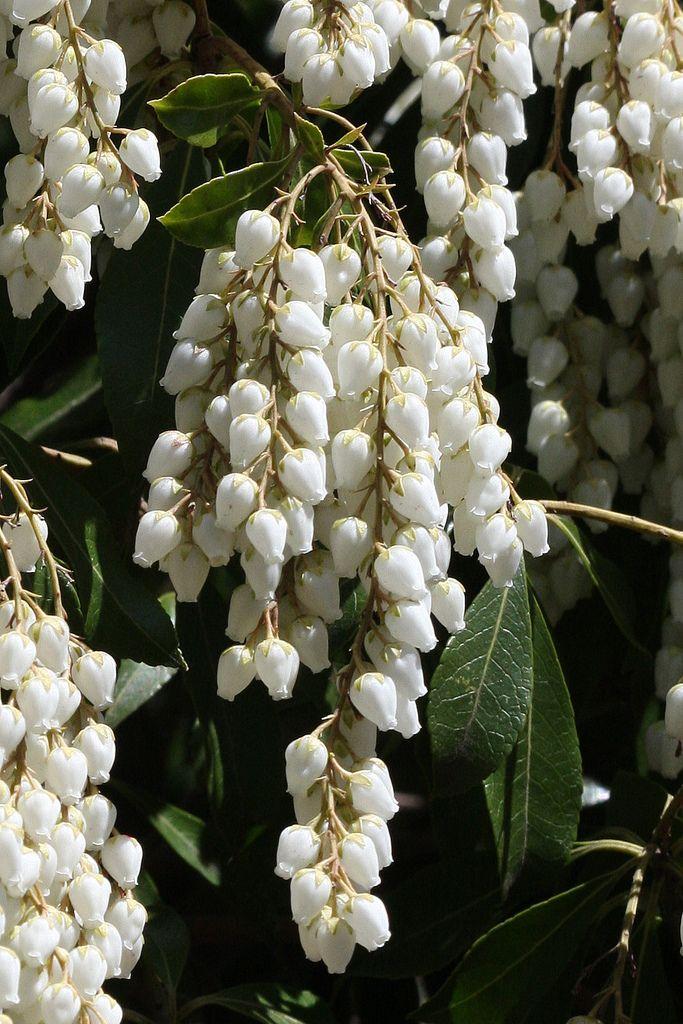
Japanese pieris (Pieris japonica)
Japanese pieris, also known as Japanese andromeda
Japanese pieris (Pieris japonica) is a popular evergreen shrub known for its beautiful clusters of small flowers. However, several risks are associated with planting it in gardens:
1. **Toxicity**: Every part of the plant is poisonous if ingested, potentially leading to severe health issues like seizures and temporary blindness in both humans and animals.
2. **Pest Problems**: The shrub is vulnerable to pests such as lace bugs and root weevils, which can harm the plant and detract from its visual appeal.
3. **Disease Vulnerability**: It is prone to fungal diseases like root rot and leaf spot, particularly in poorly drained or overly damp soils.
4. **Soil Preferences**: Requires acidic, well-draining soil; alkaline soil can lead to nutrient deficiencies and hinder its growth.
5. **Climate Sensitivity**: Sensitive to extreme temperatures, both high and low, which can restrict its suitability to certain regions.
Despite these risks, Japanese pieris is often used in foundation plantings alongside other shrubs, thanks to its ornamental value.
Key Facts About Japanese pieris
Attributes of Japanese pieris
Scientific Classification of Japanese pieris
Toxicity
Ingestion